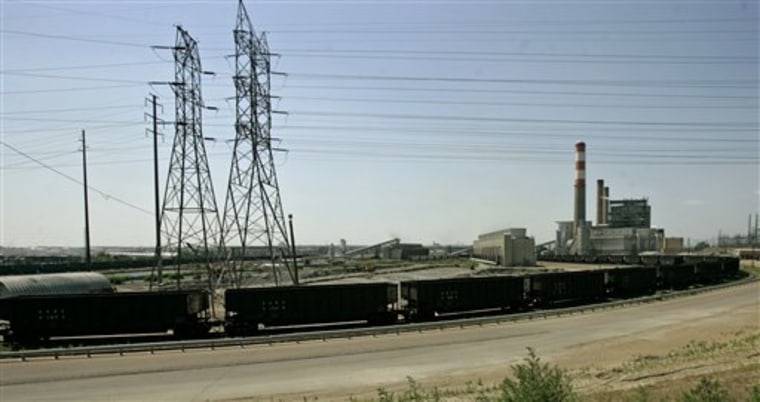Bush administration plans to ease clean air rules for thousands of aging industrial plants might increase air pollution, the National Academy of Sciences said Friday.
Those Clean Air Act rules are under review by the Supreme Court, which is due to receive legal briefs on the administration’s attempts to rewrite the rules in 2002 and 2003.
A NAS report requested by Congress said the possibility of emissions of nitrogen oxides and sulfur dioxide “increases in some locations and decreases in others. However, the magnitude of the changes and the number of geographic areas affected could not be assessed.”
Those chemicals contribute to smog, acid rain, soot and other fine particles that lodge in people’s lungs and cause asthma and other respiratory ailments.
The academy also implicitly criticized the Environmental Protection Agency’s information gathering, saying “a lack of data and the limitations of current models” prevent anyone from drawing firm conclusions about how the rules might affect air pollution.
EPA's take
The EPA took a different view. Bill Wehrum, EPA’s acting chief of its Office of Air and Radiation, said the report “confirms that the Bush administration’s approach to reducing air pollution guarantees results” by allowing more companies to use a marketplace approach that features an emissions-trading plan.
Under a trading system — which has been promoted in the EPA’s Clean Air Interstate Rule — plants unable to meet the required reductions could buy emission allowances from plants that have exceeded the required reductions.
EPA has said that approach would encourage more technology advances; environmentalists said they would compromise public health.
Under the Clean Air Act’s “new source review” program — including the Bush administration’s changes that Congress asked the academy to study — companies must first get a permit and possibly install anti-pollution controls before building or expanding facilities that could significantly foul the air.
For almost 30 years, the program has been viewed by proponents and opponents alike as too bureaucratic and complex. In 1999, President Clinton used it to sue owners of 51 coal-burning power plants. The Bush administration continued those cases, but rewrote the rules.
Legal background
Some of the administration’s 2002 changes were struck down by a federal court last year; the rest went into effect only in a few states. The 2003 revisions, affecting replaced equipment, was struck down by a court two years ago.
One case, involving Duke Energy Corp., based in Charlotte, N.C., is now before the Supreme Court. The 4th Circuit Court of Appeals in Richmond, Va., ruled last year that power plants can spew more pollutants into the air when they modernize to operate for longer hours.
Scott Segal, director of the Electric Reliability Coordinating Council, representing power companies, said he viewed the report as “unqualified good news” because it shows more companies should be allowed to trade emission allowances.
The NAS advises the government on scientific and technological issues.
The report is online at www.nas.edu/morenews/20060721.html.
